I’m extremely excited about today’s post. As you may know, Mike Boyle has had an incredible influence on my career (See: What it Means to be a Boyle Guy). Since we first connected in 2007, he’s taught me a lot about designing programs and coaching. I also appreciate the trust he showed in me at a young age by publishing some of my articles at StrengthCoach.com. Most recently, he brought me on board to work with him and the US Women’s National Hockey Team, an experience that I view as the highlight of my career. Needless to say, I’m thankful for everything he’s done for me, and when Coach talks, I listen.
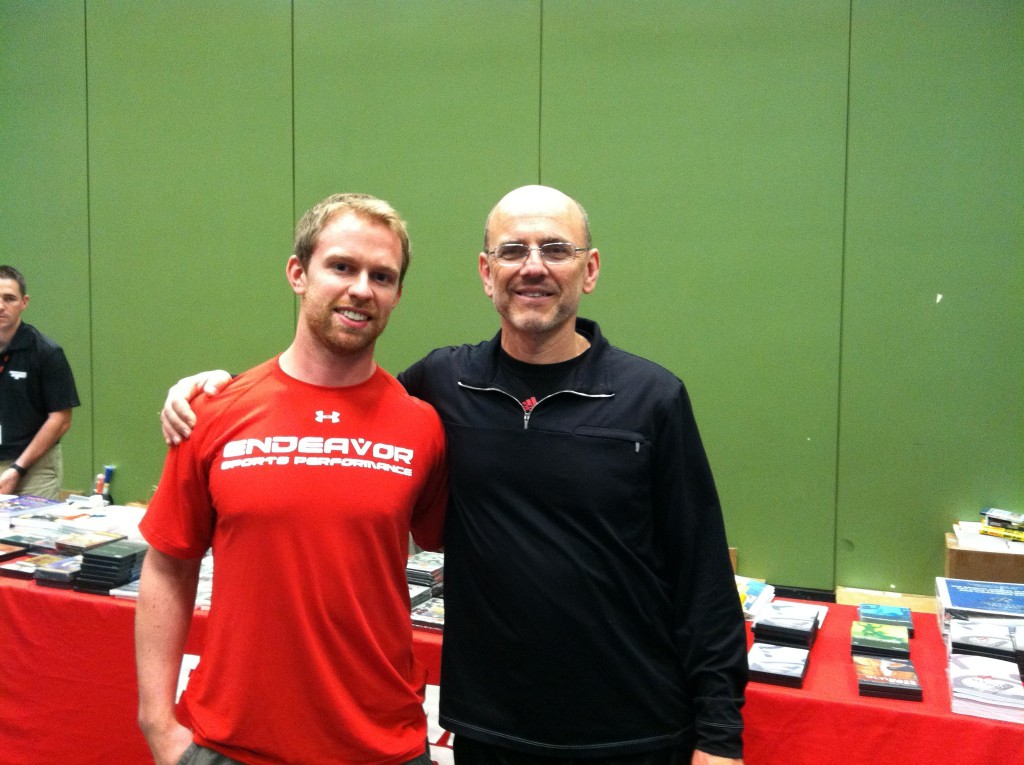
Coach Boyle and I at a Perform Better seminar several years ago
Today, Coach Boyle is releasing the next segment in his Functional Strength Coach DVD series, which provides an inside look into the seminar he did last month in Ireland. I had an opportunity to review the DVD last week and came away with a lot of great information, not just about training, but about interacting with coaches and the business side of training. I asked Coach if he’d take a few minutes to provide us with his perspective on the future of the strength and conditioning industry, his current evolution, and advice for up and comers. Check out the interview below!
Grab your copy today here >> Functional Strength Coach 5
KN: Coach, thanks for taking the time to do this. Let’s jump right into it. How do you envision the training industry changing over the next 5-10 years?
MB: I think the next ten years will be the PRI decade. In fact we may be a year or two into it already. If the last 10 were the FMS decade centered around the pursuit of symmetry, I think the next 10 will be about correcting the asymmetry we all see around us. Postural Restoration and the Postural Restoration Institute will be the “next big thing”. It just makes too much sense to ignore.
In addition I think many of the ideas we have pushed forward in the area of unilateral training will become common place. We have already seen a group of strength coaches who were the “go heavy or go home” types slowly become functional training guys as their years in the industry and their injuries add up.
I think the most common factor is the ability I refer to as “speaking coach”. Being able to really understand a sport at a deep level allows you to convince both coaches and athletes why speed and strength matter. Sport at every level ( except endurance sports) is about speed and strength. The difficulty is getting coaches to break out of the “this is the way we have always done it” mode.
All players want to stay healthy and perform better. Our job is to show them that we can help. Understanding what they do and what their needs are is step one in the process. I think there are way too many “squats are king” meathead coaches who can’t get out of their own way. I want results. So much of results is meeting an athlete or coach where they are and taking them where you want them to go. Too many strength coaches are unwilling to compromise. I’ll compromise to get results.
KN: Good stuff. “Speaking coach” is definitely an important skill to be able to communicate effectively with the athletes and coaches. Your programs are constantly evolving. What are the more significant changes you’ve made to your own programs over the last few years and how do you see things changing over the next few?
I think the biggest change is the move to almost exclusively unilateral knee dominant exercises. Up until a few years ago we were still pushing front squats, but we are now doing exclusively rear foot elevated split squats and one leg squats with our advanced athletes.
The flip side is that we added Trap Bar Deadlifts. We will Trap Bar Deadlift and Goblet Squat as bilateral exercises but, do no conventional front or back squats.
Lastly we have begun to explore the Postural Restoration Institute work and see how it relates to our warm-up. There is a big emphasis on breathing in our warm-ups and an unbalanced approach that stems from PRI.
I think in the next few years we may see our strength program more influenced by what we know about PRI and breathing.
KN: It’s great to see the PRI and breathing emphases make an impact on your programs. With your experience working in the private, collegiate, and professional sectors, can you shed some light on the major differences between those situations and do you have any advice for young coaches that are unsure of what route they want to go?
The private setting is a business. You have to drive revenue to keep the doors open. You have to get clients, supervise employees etc. The private setting has the most upside and a large downside.
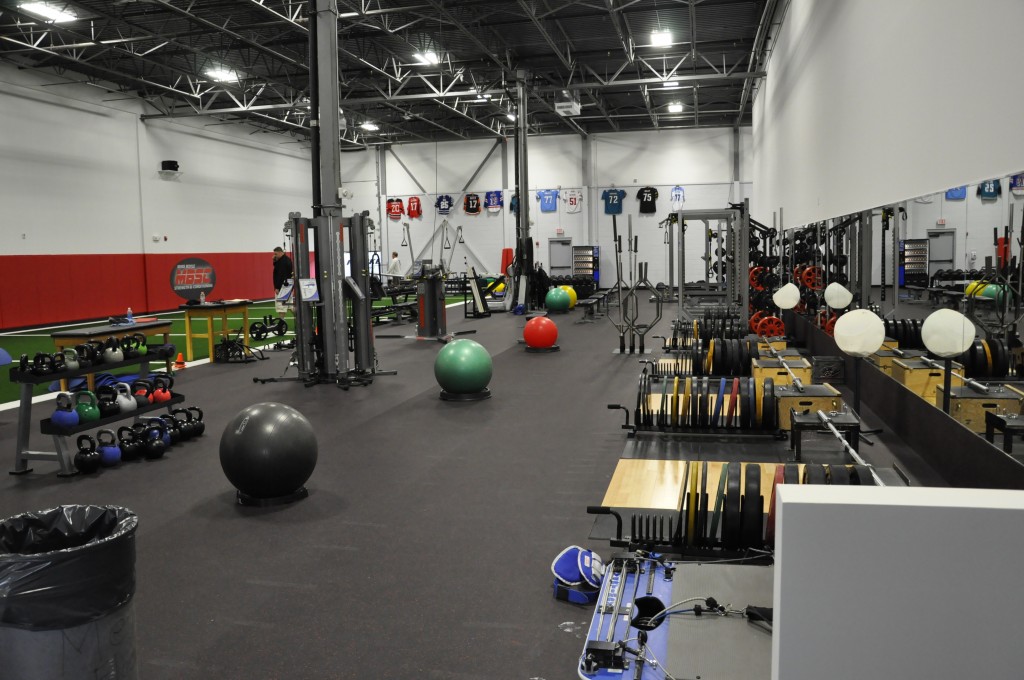
Men’s Health’s #1 Gym in America
The collegiate level is interesting. Athletes tend to be highly compliant if they are on scholarship. You get a chance to create a culture. You get to really experience wins and losses and see the fruits of your labor if you are in a good spot with good sport coaches. However the hours tend to be crazy and job security can be tied to the same wins and losses. In general you will be underpaid until you get to the high division 1 levels.
The professional level is the hardest in my mind. Salaries are increasing as teams realize the value of quality strength and conditioning, but you have to deal with a high number of games, limited training times and short or non-existent off-seasons. I think many of the best professional strength and conditioning coaches are under appreciated by their organizations. Again, the hours can be long and compliance is very organization specific. A good professional job in a well run organization can be very rewarding. A bad organization or a change in coaches or management can change everything.
The big thing is that the grass is never as green in the other guys yard as it appears. Every level has pluses and minuses. A private facility can be 12 hours a day for years, just as a college job can be. The difference at the private level is that at the end of that period you have built something that is yours. It’s not easier, just different.
KN: Thanks Coach. I appreciate you taking the time to share your experience and wisdom with us!
Functional Strength Coach 5 is now available, and if you order today, there’s a pretty sweet bonus in it for you. Coach Boyle is throwing in two spots (to different customers) to his upcoming Mentorship Program to randomly selected customers that purchase FSC5 today! This is a great resource for anyone in the training industry, so if you want some great information and an opportunity to go learn from Coach Boyle and the MBSC staff directly, take advantage of this offer today!
Grab your copy today here >> Functional Strength Coach 5
To your success,
Kevin Neeld
OptimizingMovement.com
UltimateHockeyTraining.com
Please enter your first name and email below to sign up for my FREE Athletic Development and Hockey Training Newsletter!


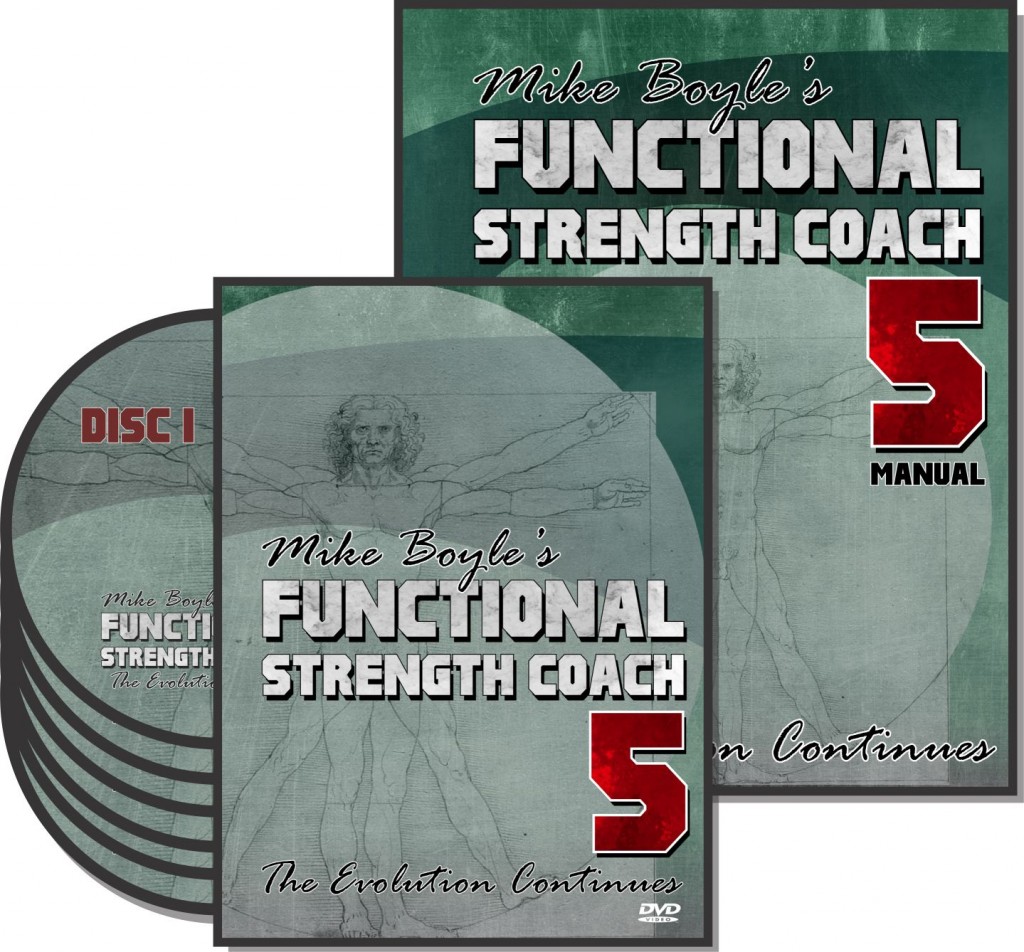

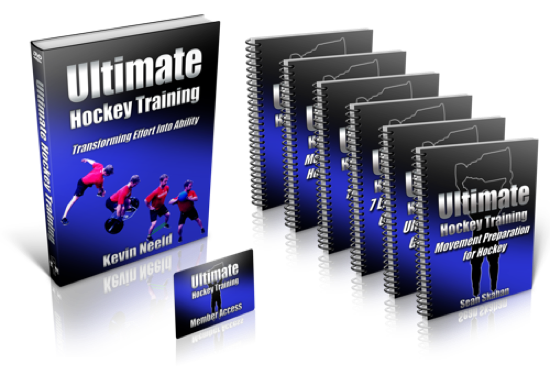
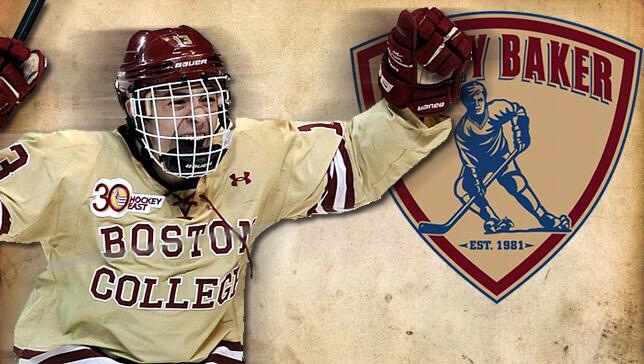

 Use CODE: "Neeld15" to save 15%
Use CODE: "Neeld15" to save 15%